The Burlington, bless it, dropped steam differently. Steam’s demise was more like an old friend, off on retirement but returning for an occasional visit. Each encounter was a chance to relive old times, remember old friends. Better yet, these old friends, in the autumn of their lives, most often reappeared in the autumn of the year, when the Midwest skies are bluest, the sun brightest, the air more crisp, and the hours of daylight still long enough to take more pictures. And take pictures we did! Autumn was when we reaped the best of the crop, sun low, the better to light the running gear.
We watched as we drove, eyes out for smoke, mentally canvassing the line. Where would we have time to get ahead of a train, for a clear shot, with the light best? Would we even see steam today?
They were something to see, these almost-retiree engines, never subjected to simply wearing out in their the last miles. They were saved, nurtured, shopped, repaired, and painted. When the traffic was right, these were no substitute engines—they were once again, if too briefly, first-stringers, doing the old things, at speed when required. No limping along, tattered, tired, and dirty.
On such a day I was in Kewanee, Ill., on the Q’s Chicago-Galesburg main line. I crossed the tracks and looked left, then right toward Galesburg. Smoke! I did what any right-thinking person would do. I circled around, realized there wasn’t time to catch whatever it was on film, and pulled up to the crossing gate, which by then was down. What would it be? A Northern? Probably. Fair chance it would be a Colorado (as Q called its 2-10-4’s), but it might be “only” one of the O-1A 2-8-2’s, homely things that only a mother could love, but a fine engine nonetheless.
It took a moment to see it was coming faster than I realized, that I was lucky to have circled quickly enough to even get a look. Suddenly it was between the gates. The engine passed so quickly the number didn’t register immediately. It was a freight train—of stock cars, nothing but stock cars, so quickly by that I didn’t realize it until they, and the waycar, had disappeared. Flying stock cars, only about a dozen of them. The gates went up and I drove across, still confused by what I’d seen. Then the engine number registered: 3012. That was no Northern, that was a Hudson! I’d never seen one in action before. I’d seen them at the roundhouse, knew there were some left. That explained the speed, which must’ve been close to Zephyr speed.
In a recent letter, steam historian Lloyd Stagner mentioned that on the CB&Q, stock extras had rights over everything but passenger trains. It brought to mind this Kewanee experience. I never saw anything like it before, and I never saw another.
First published in Summer 2004 Classic Trains magazine.
Learn more about railroad history by signing up for the Classic Trains e-mail newsletter. It’s a free monthly e-mail devoted to the golden years of railroading.





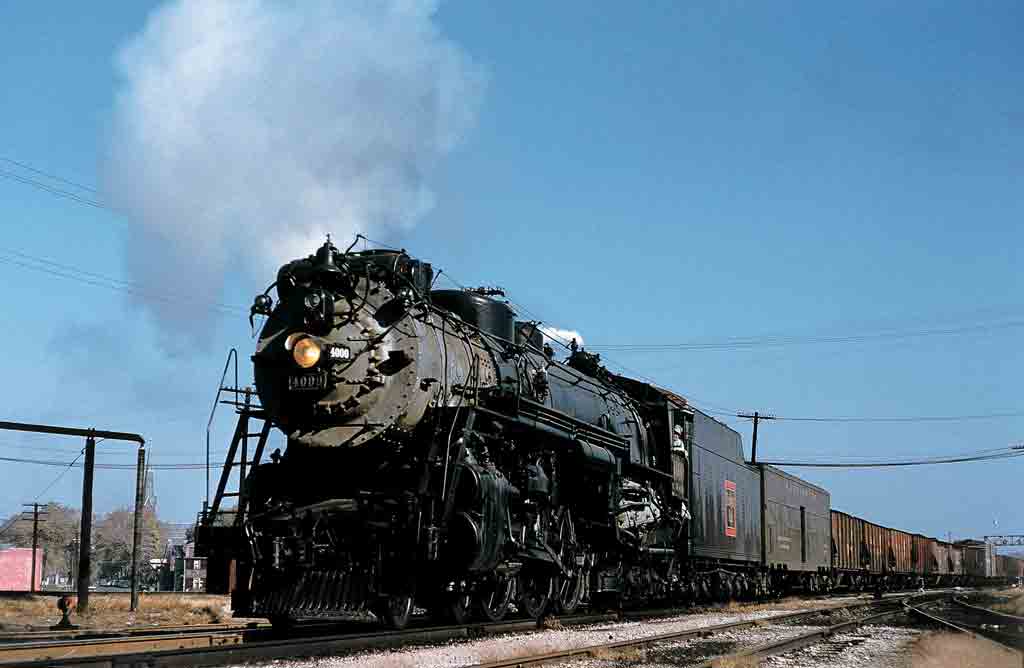

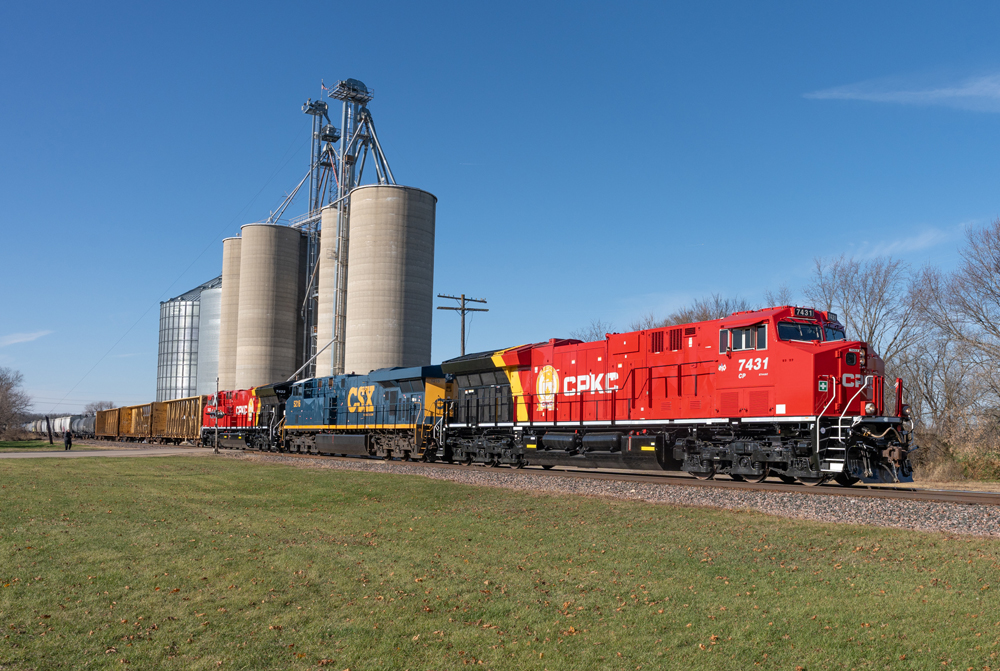
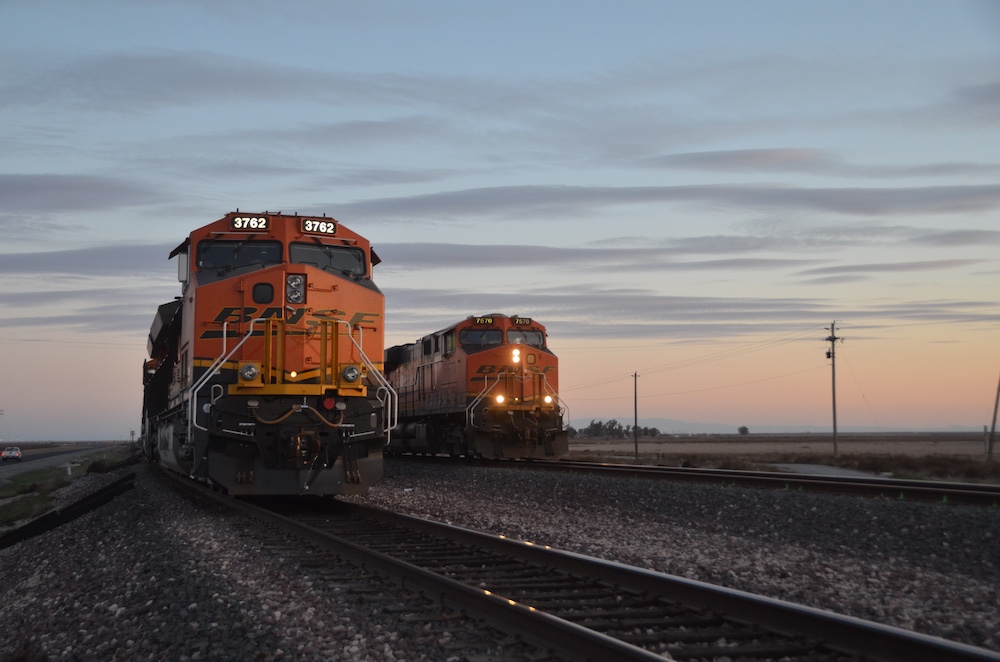
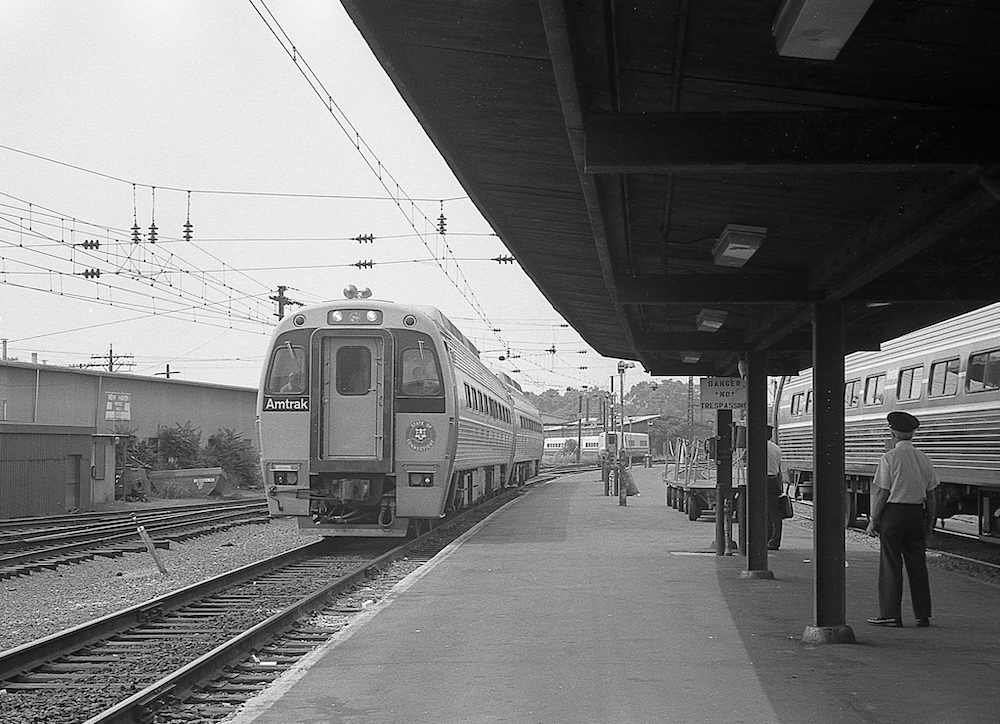
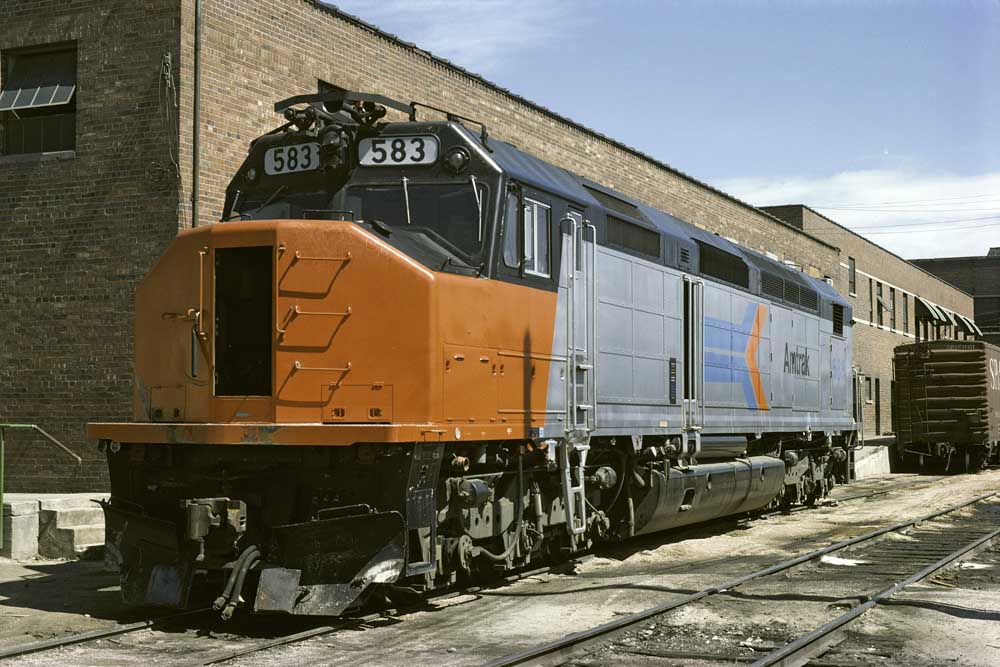




Lest we forget the last fling of steam on Q subsidiary Colorado & Southern in the Rocky Mountain West as well as the Lone Texan on Ft. Worth & Denver, the 410, that went to Texas & Pacific, renumbered 400, and assigned to flood duty!